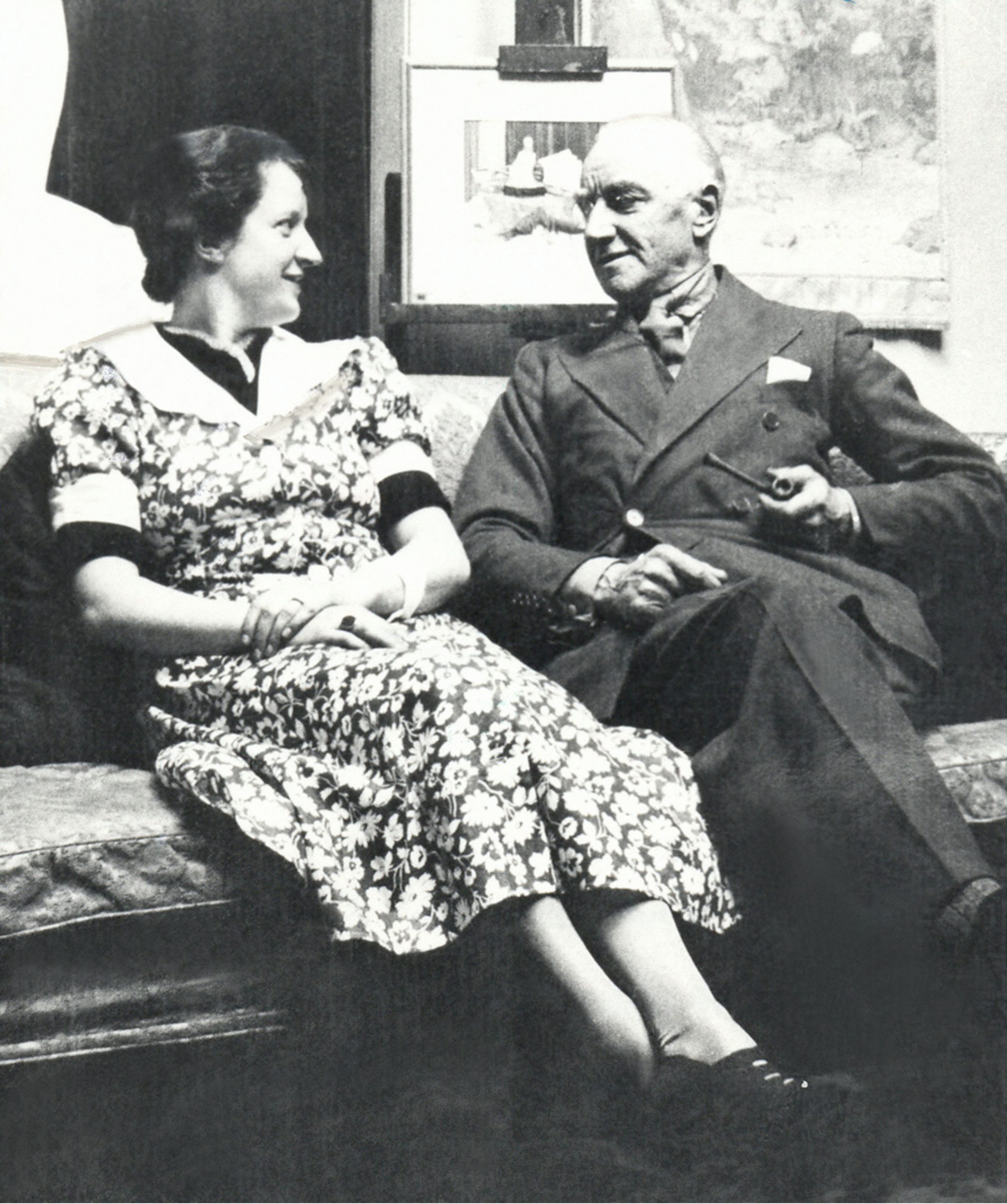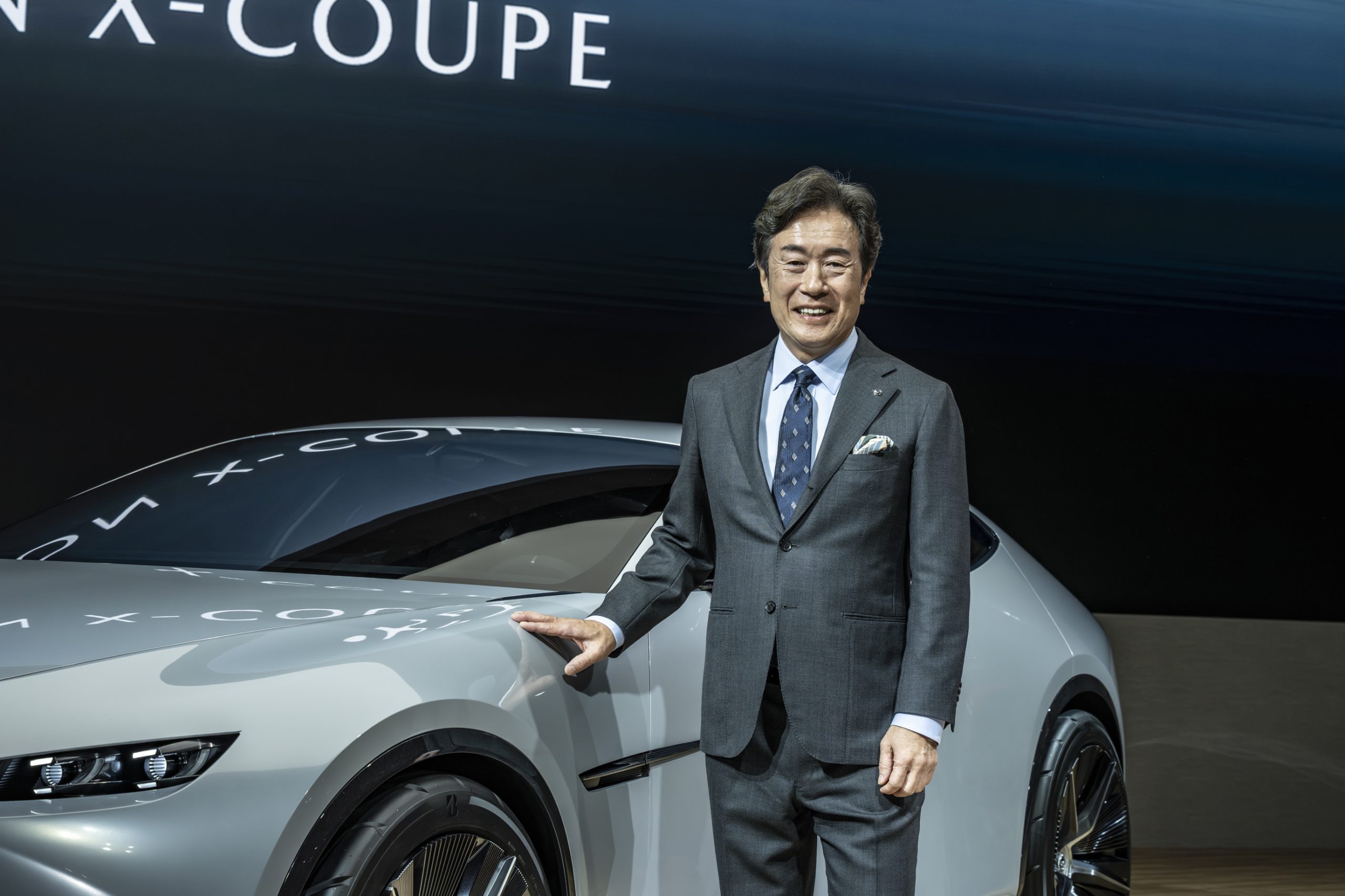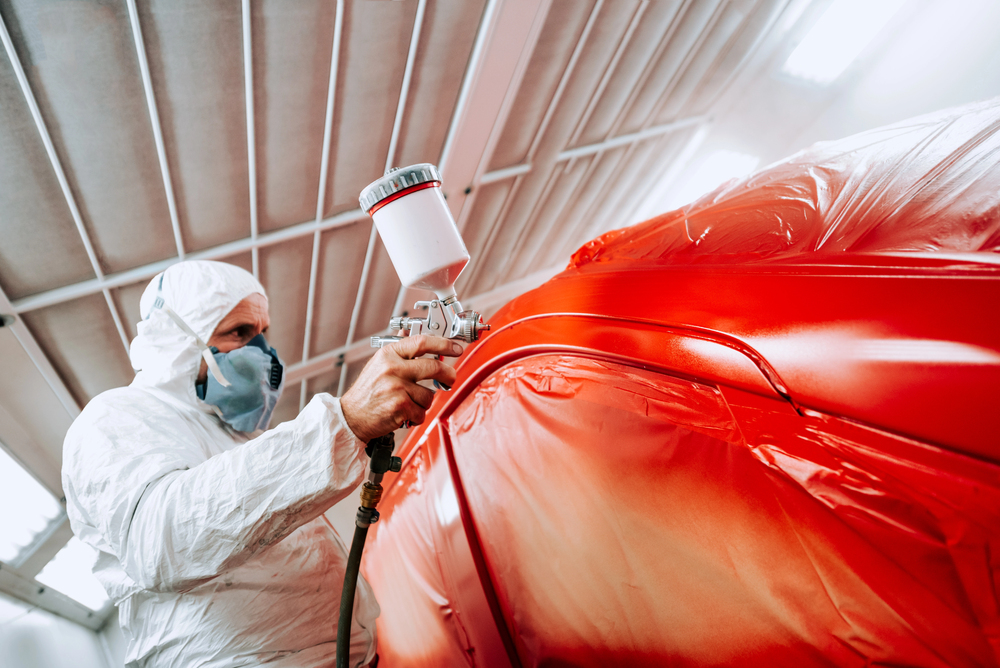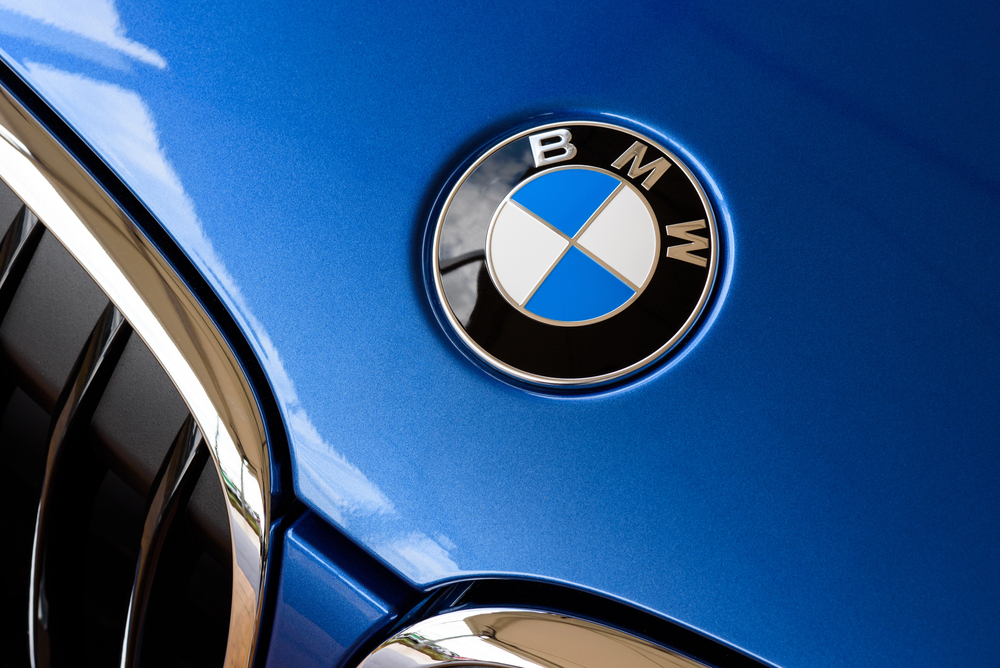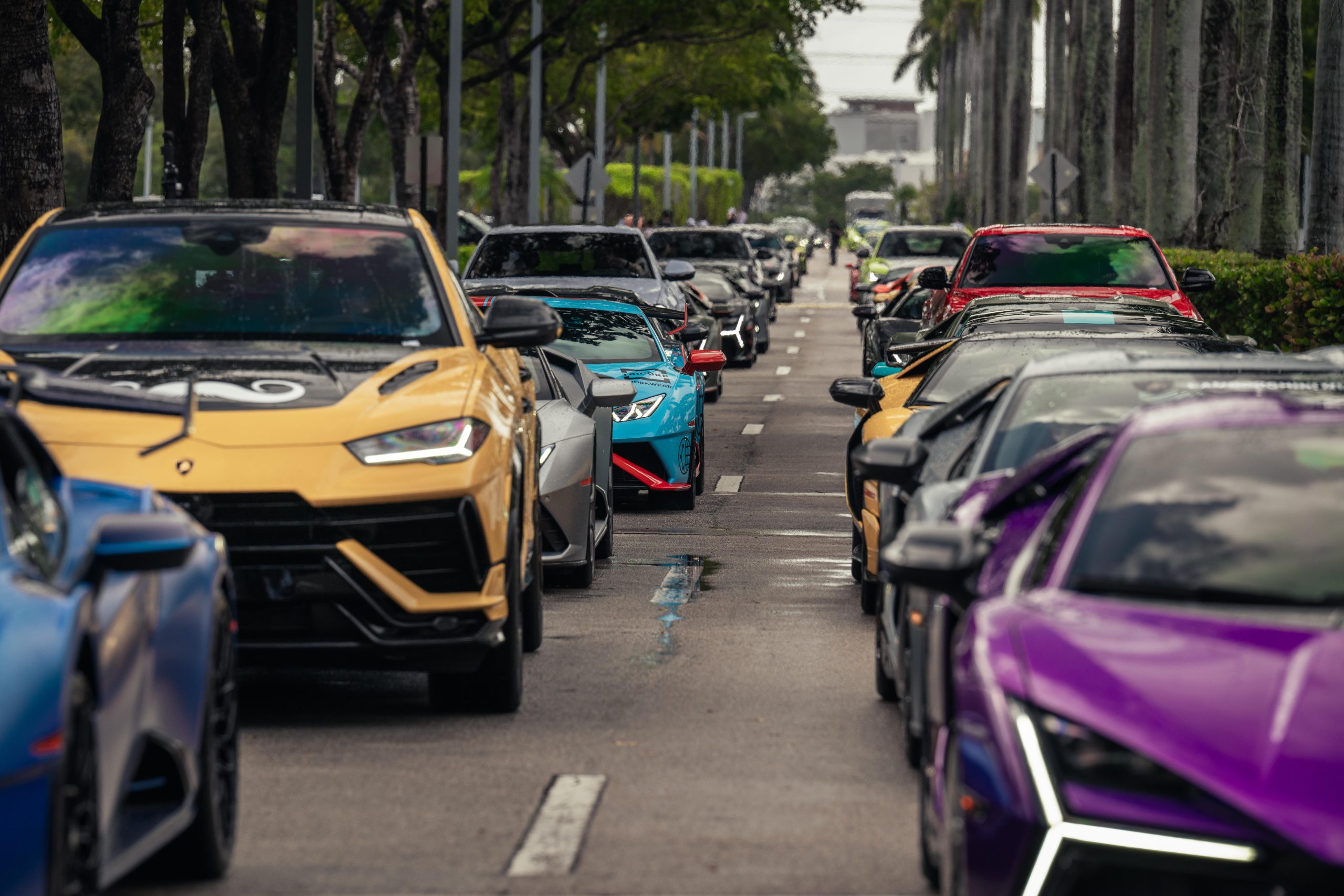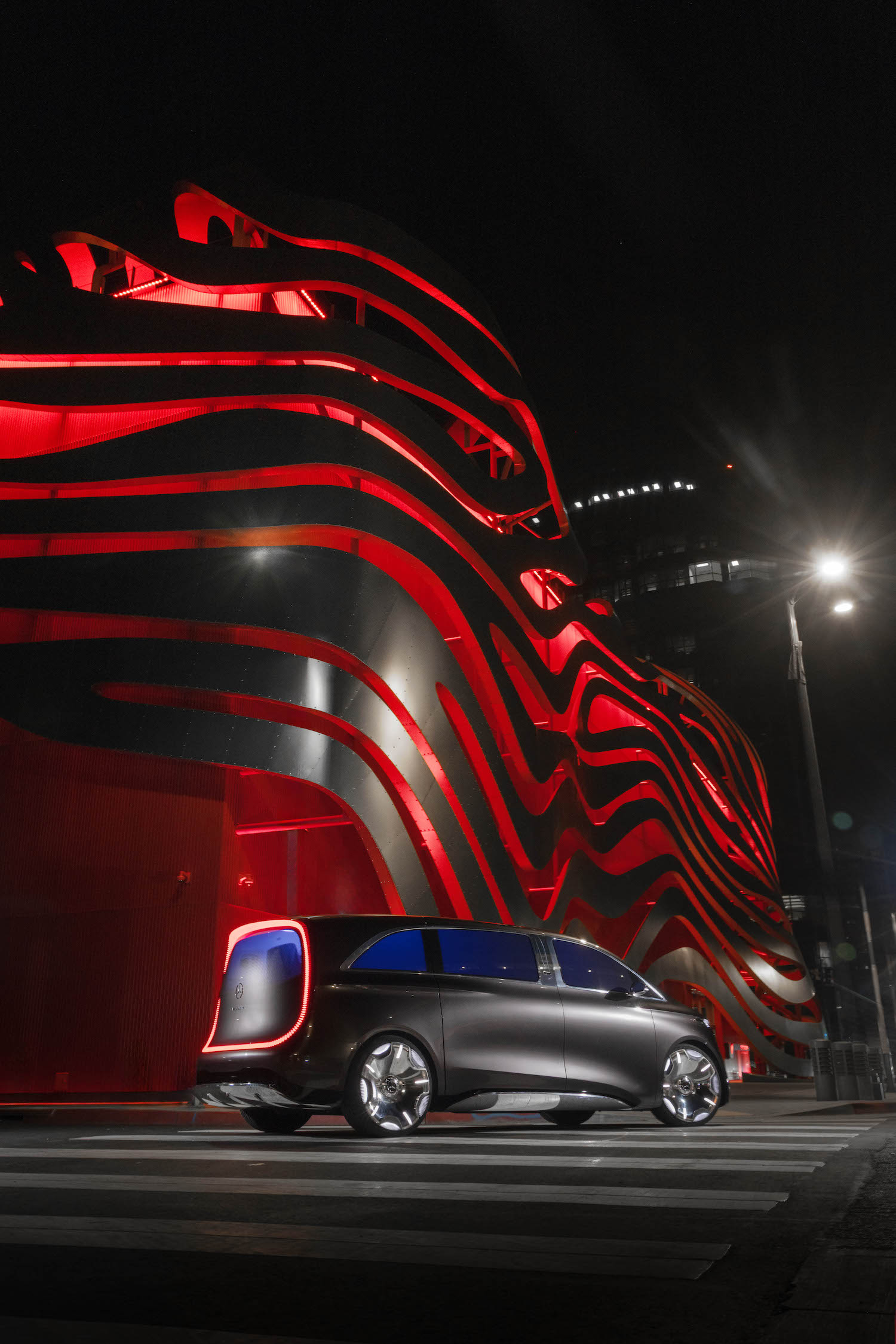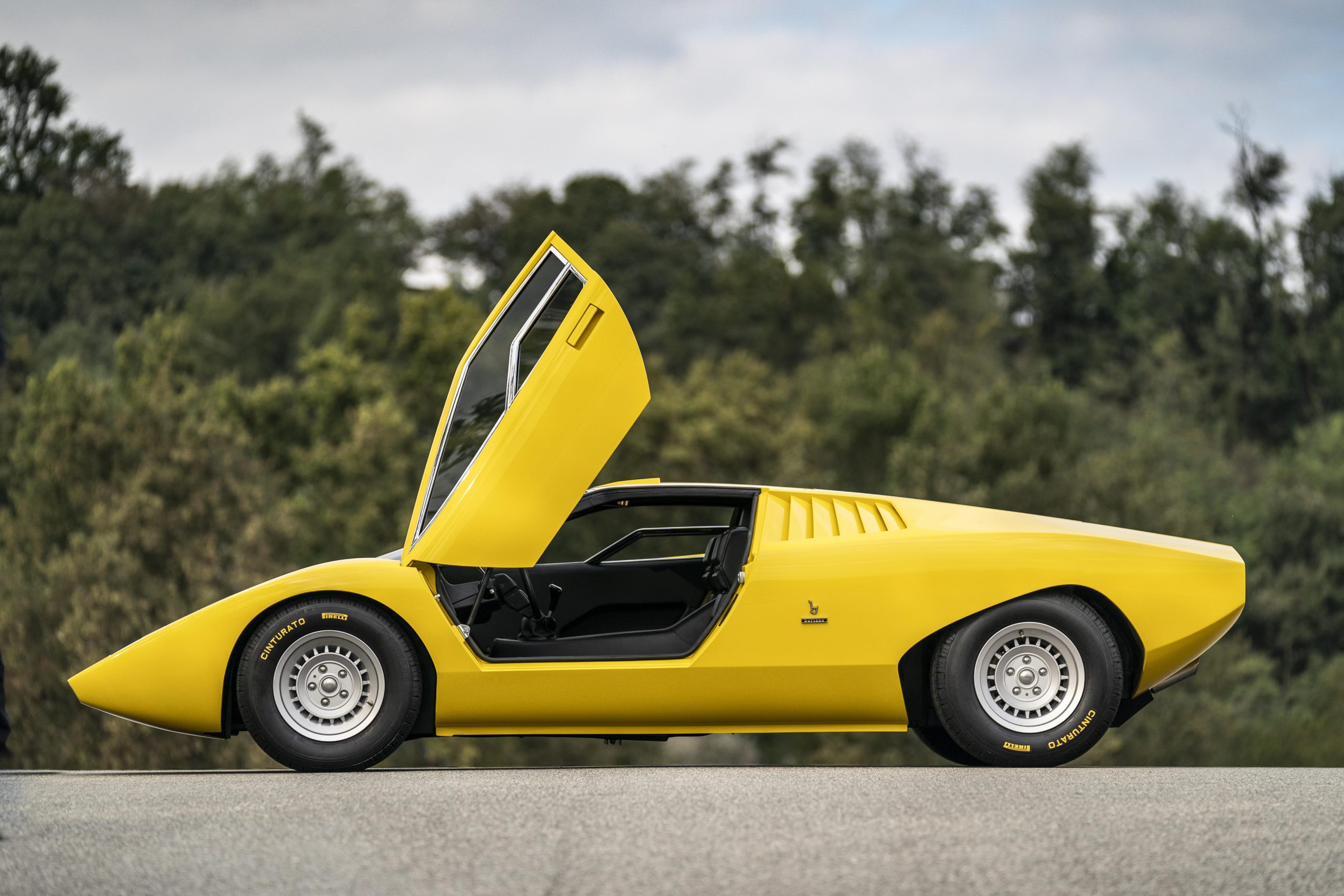Does Turning Off the Engine at Lights Save Fuel?
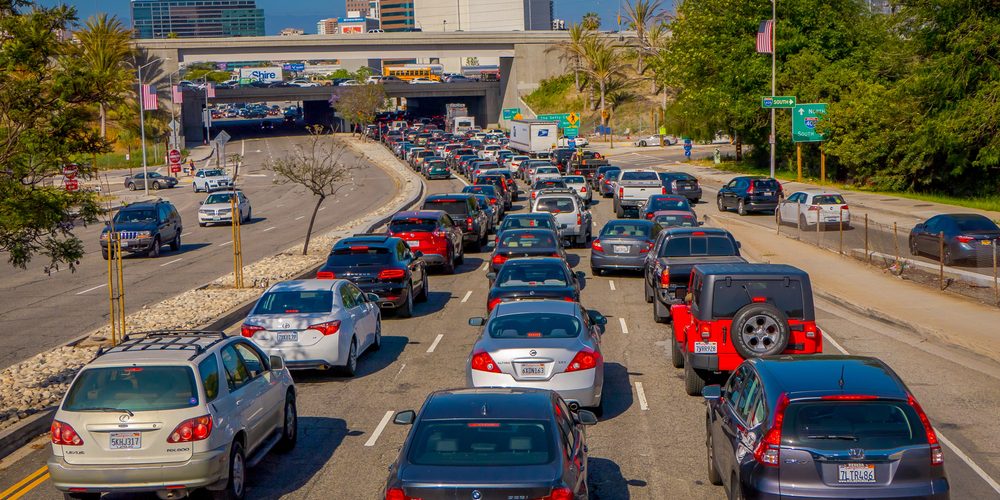
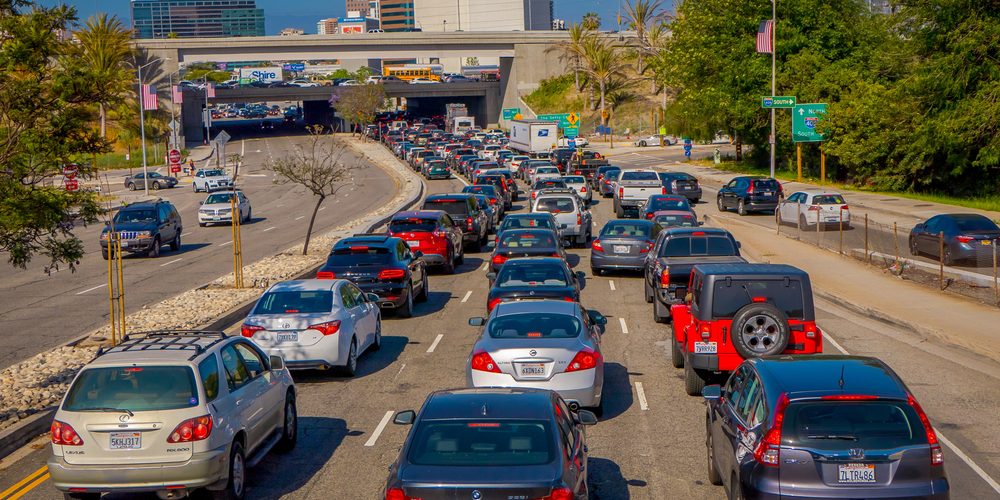
- Turning off your engine at lights for stops longer than 10–15 seconds saves fuel and reduces emissions compared to idling.
- Modern start-stop systems optimise this process automatically, while manual shutoff in older cars works best during longer idle periods.
- Excessive idling wastes fuel, increases wear on components, and can significantly add to costs and environmental impact over time.
Many drivers wonder if they should turn off their engines while waiting at red lights to save fuel. Research shows that turning off a warmed-up engine for stops lasting just 10 seconds or longer can reduce fuel consumption and emissions. Modern vehicles increasingly feature automatic start-stop systems that handle this process electronically, though drivers can also manually shut off their engines during longer waits.
The effectiveness of engine shutoff depends heavily on driving conditions and stop duration. City driving with frequent traffic lights offers greater fuel savings potential compared to suburban driving, where engines are at idle less often. Studies indicate fuel economy improvements can range from modest gains to significant reductions of up to 26 percent in stop-and-go traffic situations.
This article examines how engine shutoff affects fuel usage, compares manual and automatic systems, and explores the environmental benefits while addressing potential drawbacks drivers should consider…
How Turning Off the Engine at Lights Impacts Fuel Usage
Turning off a car engine at traffic lights can reduce fuel consumption by 7% to 26% depending on driving conditions. The actual fuel savings depend on how long the engine stays idle and the specific vehicle’s technology.
Fuel Consumption vs Idling
An idling engine burns fuel without moving the vehicle forward. Modern engines consume between 0.16 to 0.50 gallons per hour while idling, which translates to wasted fuel and money.
Research shows that drivers save fuel by shutting down their engines for stops as brief as 10 seconds. The fuel efficiency improvement comes from eliminating the constant fuel injection required to keep the engine running at idle speed.
Idling for extended periods creates the most significant fuel waste. At a typical red light lasting 60-90 seconds, an idling engine uses approximately 0.003 to 0.008 gallons of fuel. This amount may seem small, but it adds up across multiple stops throughout daily driving.
The fuel consumption rate varies by engine size and condition. Larger engines typically consume more fuel while idling than smaller, more efficient engines.
The Science Behind Gas Mileage Gains
Stop-start systems demonstrate measurable gas mileage improvements through controlled engine shutoffs. The Society of Automotive Engineers found fuel economy improvements ranging from 7.27% to 26.4% during testing of these systems.
City driving conditions produce the greatest fuel savings because frequent stops allow more opportunities for the engine to shut off. Highway driving shows minimal improvement since the engine rarely stops running.
The fuel savings calculation is straightforward: every minute of avoided idling prevents the consumption of fuel that would otherwise be wasted. Modern engines restart efficiently without requiring excessive fuel enrichment like older carbureted engines.
Temperature affects the science of fuel savings. Warm engines restart more efficiently than cold engines, making the fuel-saving strategy most effective after the initial warm-up period.
When Does Turning Off the Engine Make Sense?
Turning off the engine makes financial sense for stops longer than 10-15 seconds. This threshold accounts for the small amount of fuel used during restart compared to continuous idling.
Long traffic lights, railroad crossings, and extended traffic jams present ideal opportunities for engine shutdown. These situations often last 30 seconds to several minutes, maximizing potential fuel savings.
Brief stops in stop-and-go traffic may not justify manual engine shutoffs due to safety concerns and minimal fuel savings. Quick acceleration capability remains important for traffic safety.
Best candidates for engine shutdown:
- Traffic lights with long cycles
- Railroad crossings
- Drive-through lines
- Construction zone delays
- Bridge openings
The practice works best when the engine has reached normal operating temperature and the driver can safely predict a longer wait time.
Differences Between Manual Shutoff and Start-Stop Systems
Start-stop technology automatically shuts down engines when vehicles stop, while manual shutoff requires driver action. The two approaches differ significantly in timing, optimization, and engine protection features.
How Start-Stop Technology Works
Start-stop systems use multiple sensors to determine when the engine should shut down automatically. These sensors monitor brake pedal position, clutch engagement, steering wheel movement, and battery charge levels.
The system strategically times the engine shutdown so the crankshaft stops at an optimal position. This positioning requires minimal effort from the starter motor when restarting the engine.
Modern cars with start-stop tech feature reinforced components. The starter motor, alternator, and battery are built to handle frequent cycling. These components are more durable than those found in vehicles without the technology.
The engine restarts automatically when the driver releases the brake pedal or presses the accelerator. The restart process typically takes less than one second in most modern vehicles.
Key Distinctions from Manually Turning Off the Engine
Manual shutoff involves turning the ignition key or pressing the engine stop button completely. This action cuts power to all engine systems and many electrical components.
Start-stop systems keep essential systems running during engine shutdown. Air conditioning, power steering, and safety systems remain operational while the engine is off.
Manual shutoff can damage the engine if done at inappropriate times. Turning off a hot engine immediately after highway driving can cause thermal shock and component wear.
Start-stop tech includes built-in protection mechanisms. The system prevents shutdown if the engine temperature is too high or too low. It also keeps the engine running if the air conditioning load is too high.
Manual shutoff requires the driver to manually restart the vehicle using the ignition system. This process involves multiple steps and takes longer than automatic restart.
Modern Cars and Their Capabilities
Most new vehicles manufactured after 2020 include start-stop systems as standard equipment. These systems are integrated with the vehicle’s computer network for optimal performance.
Advanced start-stop systems can predict when to shut down based on traffic patterns. Some models use GPS data and traffic information to make shutdown decisions.
Electric power steering allows start-stop systems to maintain steering assist even when the engine is off. This feature addresses previous concerns about losing power steering during stops.
Modern cars can display real-time fuel savings from start-stop operation on the dashboard. Drivers can see exactly how much fuel they save during each trip.
Some vehicles allow drivers to customize start-stop sensitivity through infotainment settings. Drivers can adjust how quickly the system activates or disable it temporarily.
Advantages and Drawbacks of Turning Off the Engine at Lights
Turning off an engine at traffic lights creates both benefits and challenges for drivers. The practice can reduce fuel consumption and save money, but it also raises concerns about wear on mechanical components and potential safety issues.
Potential Fuel Savings and Cost Analysis
Shutting off the engine at red lights provides measurable fuel savings for most drivers. Research shows that drivers save fuel when stopping for periods as brief as 10 seconds.
The actual savings depend heavily on driving patterns. City driving with frequent stops produces the most significant benefits, while highway driving offers minimal advantages.
Studies indicate fuel consumption improvements ranging from 7.27 to 26.4 percent during testing conditions. Real-world savings typically fall on the lower end of this range.
Cost savings accumulate over time:
- Reduced idling translates to lower fuel purchases
- Annual savings vary based on fuel prices and driving habits
- Urban drivers see greater financial benefits than suburban drivers
The financial impact becomes more noticeable for drivers who frequently encounter heavy traffic or long traffic light cycles. Commercial drivers and delivery services often report the most substantial cost reductions from engine shutoff practices.
Starter and Battery Wear Concerns
Frequent engine restarts place additional stress on the starter motor and battery system. Traditional vehicles experience accelerated wear on these components when drivers manually turn off engines at lights.
The starter motor works harder with repeated use throughout the day. This increased workload can lead to premature failure and replacement costs that may offset fuel savings.
Battery considerations include:
- Standard batteries drain faster with frequent restarts
- Electrical systems draw power while engine is off
- Shorter battery lifespan may result from repeated cycling
Modern vehicles with factory start-stop systems address these concerns through upgraded components. They use absorbed glass mat batteries and reinforced starters designed for frequent cycling. Manual shutoffs in older vehicles lack these protective features.
Safety and Practical Considerations
Engine shutoffs create potential safety risks in emergency situations. Drivers need extra time to restart the engine if they must move quickly to avoid accidents or respond to traffic conditions.
The restart process typically takes 1-2 seconds, which can feel significant in urgent situations. This delay becomes more problematic in busy intersections or when emergency vehicles approach.
Practical challenges affect daily driving:
- Air conditioning stops working during shutoffs
- Power steering assistance may reduce
- Radio and other electronics continue draining battery
Stop-and-go traffic conditions make manual shutoffs impractical and potentially dangerous. The constant starting and stopping becomes tedious for drivers and increases the risk of stalling or mechanical issues.
Some drivers find the practice stressful because they must remember to restart before lights change. Missing the timing can delay traffic flow and frustrate other drivers.
Fuel Efficiency and Environmental Benefits
Turning off engines at traffic lights creates measurable fuel savings and reduces harmful emissions in urban areas. The practice becomes especially beneficial during extended stops and heavy traffic conditions.
Reduced Emissions and Air Quality Improvement
Modern vehicles produce zero emissions when their engines are turned off at red lights. This simple action eliminates carbon monoxide, nitrogen oxides, and particulate matter that would otherwise enter the atmosphere during idling periods.
Idling for more than 10 seconds burns fuel inefficiently and creates unnecessary pollution. A typical car produces approximately 19 pounds of carbon dioxide for every gallon of gasoline consumed while stationary.
Stop-start systems automatically reduce these emissions by shutting off engines during brief stops. Cities with high traffic density see the most dramatic air quality improvements when drivers adopt this practice.
The environmental benefits multiply in areas with frequent traffic signals. A single intersection can contribute significantly to local air pollution reduction when multiple vehicles eliminate their idling emissions.
Key emission reductions include:
- Carbon dioxide elimination during stopped periods
- Reduced nitrogen oxide release
- Lower particulate matter production
- Decreased carbon monoxide output
Impact on Urban Driving and Traffic Jams
Traffic jams present the greatest opportunity for fuel efficiency improvements through engine shutdowns. Extended periods of stationary driving waste substantial amounts of fuel without any forward movement.
Stop-start technology shows its highest effectiveness in city driving conditions. Urban environments with frequent stops can see fuel economy improvements of 5-10% compared to constant engine operation.
Heavy traffic situations allow drivers to manually shut off engines during longer waits. Railway crossings, construction zones, and major intersections often create idle times exceeding one minute.
The cumulative effect across urban areas becomes substantial when multiple vehicles reduce their fuel consumption. Peak traffic hours generate the most significant environmental and economic benefits from this practice.
Dense city centers with limited air circulation benefit most from reduced vehicle emissions. Each stopped engine contributes to cleaner air for pedestrians and nearby residents.
Choosing the Right Approach for Your Vehicle and Driving Habits
The decision to manually turn off engines or rely on automatic systems depends on the age and technology of your car. Proper maintenance practices vary significantly between vehicles with built-in start-stop systems and those without.
Best Practices for Older and Modern Cars
Older vehicles without automatic start-stop technology require careful consideration before manually turning off engines at lights. These cars use traditional lead-acid batteries and standard starters that weren’t designed for frequent cycling.
Manual engine shutoffs work best during extended idle periods of 30 seconds or longer. Short stops at traffic lights may cause more wear than fuel savings justify.
Drivers should avoid manual shutoffs in heavy traffic where quick acceleration is needed. The slight delay during restart can create safety concerns when merging or responding to traffic changes.
Modern cars with built-in start-stop systems handle engine cycling automatically and efficiently. These vehicles use specialized AGM batteries that discharge more slowly and handle repeated starts better than traditional batteries.
Some manufacturers like BMW, Jeep, and Mercedes-Benz offer mild hybrid systems. These vehicles use separate batteries for start-stop functions and can coast with engines off for longer periods.
The automatic systems provide fuel savings between 7.27 and 26.4 percent depending on driving conditions. City driving with frequent stops shows the greatest benefits compared to highway driving.
Start-Stop System Maintenance Tips
Battery care becomes critical in vehicles with start-stop technology. AGM batteries require specific charging patterns and should be replaced with identical battery types to maintain system performance.
Regular battery testing helps identify declining capacity before complete failure. Most systems disable automatically when battery voltage drops below optimal levels.
System calibration may be needed after battery replacement or electrical work. Many vehicles require diagnostic tools to properly reset start-stop parameters and timing.
Keep the off button accessible for situations requiring immediate acceleration. While systems restart quickly, brief delays can affect traffic merging and emergency responses.
Regular maintenance of starter motors and engine sensors helps prevent system malfunctions. These components work harder in start-stop equipped vehicles and may need earlier replacement than traditional systems.
Clean battery terminals and check connections monthly to prevent voltage drops that disable the system. Poor connections can cause the start-stop function to deactivate permanently until repairs are made.
If you enjoyed this article, be sure to follow us on Microsoft Start.
Fuel Saving FAQs
Does turning your car off at lights save gas?
Yes, turning off your car at lights can save fuel, especially if the stop lasts longer than 10–15 seconds. An idling engine consumes fuel without moving the car forward, and even modern engines typically burn 0.16 to 0.50 gallons per hour when idling. Research shows that restarting the engine uses less fuel than continuous idling, so shutting off the engine at long red lights or traffic jams can improve fuel efficiency and reduce emissions.
Should you turn off the engine at traffic lights?
Turning off the engine at traffic lights makes sense when you know you’ll be stopped for more than 10–15 seconds, such as at long light cycles or rail crossings. Modern start-stop systems already automate this process and are designed with reinforced starters and batteries to handle frequent restarts. However, in heavy stop-and-go traffic where stops last only a few seconds, manually switching off the engine may not be practical or safe.
Is idling for 20 minutes bad?
Yes, idling for 20 minutes is generally bad for both your car and the environment. Long idling wastes fuel, increases wear on spark plugs and exhaust systems, and can allow unburned fuel to build up inside the engine, which reduces efficiency over time. A car left idling for 20 minutes also produces unnecessary emissions, contributing to poor air quality and wasting money on fuel.
What is the downside to the start-stop engine feature?
The main downside to start-stop technology is the additional strain it places on certain components, such as the starter motor and battery, which are required to restart the engine frequently. To manage this, cars with start-stop systems are fitted with stronger batteries and upgraded starters. Some drivers also find the system disruptive if they prefer instant engine response. However, these downsides are generally minor compared to the fuel savings and emission reductions achieved.
How to save gas while idling?
The best way to save gas while idling is to avoid idling altogether whenever possible. If you anticipate waiting more than 10–15 seconds, shutting off the engine will conserve fuel. Other strategies include keeping the engine properly tuned, avoiding heavy electrical loads when the car is stationary, and using air conditioning sparingly. Regular maintenance, including oil changes and air filter replacement, ensures the engine runs efficiently even during short idling periods.
Why do new cars shut off at stop lights?
New cars shut off at stop lights because of start-stop technology, which is designed to save fuel and reduce emissions. Sensors detect when the car is stationary and automatically cut the engine while keeping essential systems like air conditioning, lights, and power steering active. When the driver releases the brake or engages the clutch, the engine restarts almost instantly. This improves fuel efficiency in city driving conditions where frequent stops occur.
What wastes more gas, idling or restarting?
Idling wastes more gas than restarting in most situations. Restarting a warm modern engine uses only a small burst of fuel, far less than the fuel burned during a typical minute of idling. Studies show that turning off the engine for just 10 seconds saves more fuel than leaving it idling. This is why start-stop systems are effective in reducing overall fuel consumption.
Why is auto start stop a thing?
Auto start-stop exists to improve fuel economy and reduce emissions, especially in urban environments with heavy traffic. It automatically switches off the engine when the car stops and restarts it when needed, cutting out wasted idling time. This small adjustment has a measurable effect: tests by the Society of Automotive Engineers have shown fuel savings of 7% to 26% depending on driving conditions. It also helps reduce pollutants in congested city areas.
How long should you let your car idle before turning it off?
The general rule is that if you are stopped for more than 10–15 seconds, it’s better to turn the engine off. Restarting a warm modern engine uses less fuel than idling for that length of time. Short stops under 10 seconds usually don’t justify switching off the engine, but longer stops such as at extended red lights, rail crossings, or traffic jams are ideal opportunities.
Is it better to idle or turn the car off to save gas?
It is better to turn the car off if you’ll be stopped for longer than 10–15 seconds. Idling consumes fuel continuously, while restarting uses only a small amount. For modern cars, shutting off the engine saves money over time, reduces emissions, and places minimal extra stress on the battery and starter, especially if the vehicle is equipped with start-stop technology.
How much petrol is consumed when AC is on in a standing car?
Running air conditioning while idling significantly increases fuel consumption. A typical engine uses about 0.16 to 0.50 gallons of fuel per hour when idling, but switching on the AC can increase this by 20% to 30%, depending on engine size and outside temperature. That means in just one hour of idling with the AC on, you could waste up to half a gallon of petrol without moving at all.
How much fuel is wasted while idling?
Fuel wasted while idling depends on the vehicle and engine size, but most modern engines consume between 0.16 and 0.50 gallons per hour at idle. Even though that might sound small, frequent idling adds up quickly. For example, idling for 10 minutes a day can waste more than 20 gallons of fuel per year, costing drivers hundreds of dollars over time.


